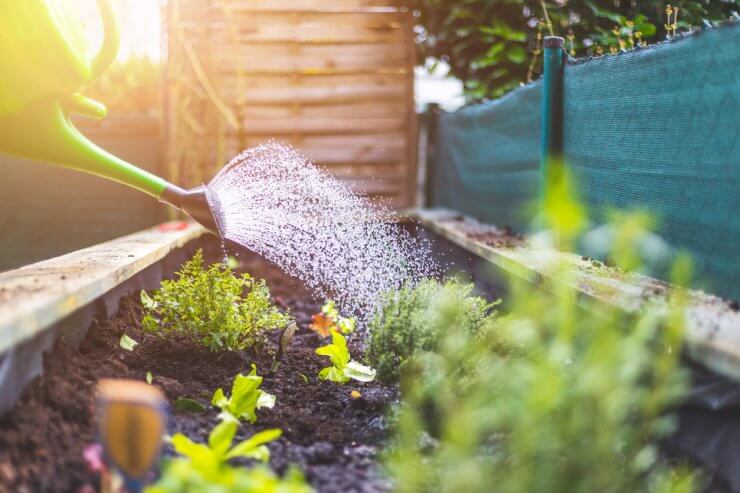
It’s easy to feel disconnected from nature when life moves so quickly. Horticultural therapy uses the act of working with plants to support healing and growth. This practice blends movement, sensory engagement and emotional connection to improve health in ways that feel natural and grounding. Whether in a hospital garden, rehabilitation center or your own plot, the benefits of horticultural therapy can reach far beyond the area’s borders.
What Is Horticultural Therapy?
Horticultural therapy combines the natural appeal of working with plants with carefully designed activities that target specific therapeutic goals. These can range from rebuilding hand strength after an injury to easing anxiety or encouraging social interaction. You might plant seeds, nurture vegetables, arrange flowers or design garden spaces in a way that supports your unique needs.
The concept has deep roots. Ancient Egyptian gardens were cultivated for relaxation, and physicians in the Middle Ages prescribed time outdoors as a treatment for melancholy. Today, health care facilities, rehabilitation centers, schools and even prisons use horticultural therapy as part of structured wellness programs and therapeutic interventions.
Physical Health Improvements
One of the most visible benefits of horticultural therapy is its positive effect on the body. Gardening is a low-impact exercise, but it’s surprisingly effective at improving strength, flexibility and endurance. Activities like digging, raking, planting or carrying watering cans engage a range of muscle groups. These movements can be an enjoyable alternative to traditional physical therapy for people recovering from surgery or injury.
Being outdoors also encourages vitamin D absorption, which supports bone health and immune function. Because many horticultural therapy programs include fresh produce, participants may be inspired to make healthier food choices — turning their garden harvest into nutritious meals.
Mental and Emotional Well-Being
While the physical effects are significant, the emotional rewards are often even more profound. Nurturing a living thing offers a sense of purpose, and watching plants grow can be a tangible reminder that progress happens over time.
Horticultural therapy can reduce anxiety, lift mood and support people coping with depression or grief. Working with plants naturally engages the senses, such as the scent of herbs, the texture of soil and the sight of bright blooms. These experiences can anchor you in the present, easing intrusive thoughts and encouraging mindfulness. For many, gardening becomes a safe space to process feelings, solve problems or simply escape daily life.
Social Connection and Community Impact
Humans thrive in community, and gardens are a natural gathering place. Many horticultural therapy programs are group-based, encouraging participants to collaborate, share successes and support each other. It’s also a great way to promote patient engagement. This is a form of care coordination that ensures people play an active role in their treatment and recovery. For older adults, individuals with disabilities or those in long-term care, this social connection is invaluable in combating loneliness.
Community gardens and public green spaces incorporating horticultural therapy often spark a sense of belonging and pride. People aren’t just tending plants, but building relationships and contributing to something bigger than themselves.
Why It Works
The benefits of horticultural therapy come from physical movement, sensory stimulation, emotional support and social interaction. Spending time in nature can lower stress levels and improve cognitive function. Coupled with purposeful activity, these benefits multiply, creating a holistic approach to healing.
Bringing Horticultural Therapy Into Your Life
You don’t need a massive backyard to start. You can experience the benefits of horticultural therapy at home with a few simple steps:
- Start small with potted herbs, indoor plants or balcony planters.
- Set aside dedicated “garden time” to unplug from devices and be present.
- Join a local gardening group or community plot to connect with others.
- Use gardening as a mindfulness practice by focusing on the feel, smell and sounds of the process.
Planting Seeds for a Healthier Future
Horticultural therapy is a structured way to improve physical health, emotional resilience and social connection. You don’t need to be a skilled gardener to experience its rewards. Even small steps, like caring for a houseplant or joining a community garden, can bring noticeable changes to your mood, energy and outlook.




Live this story thank you.